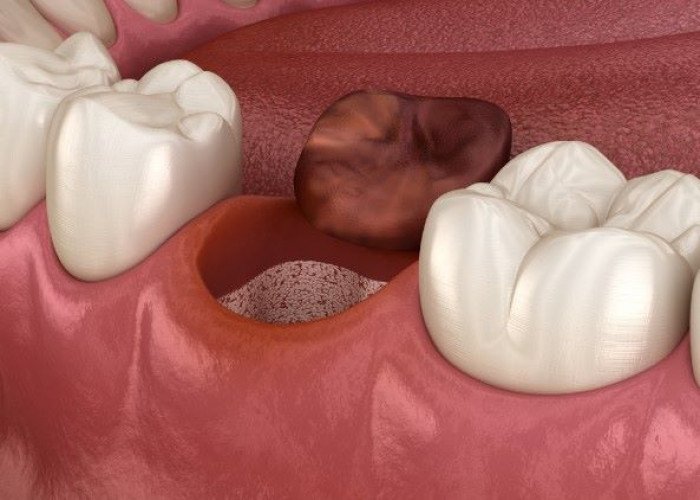 Welcome
Welcome
“May all be happy, may all be healed, may all be at peace and may no one ever suffer."
Dry socket
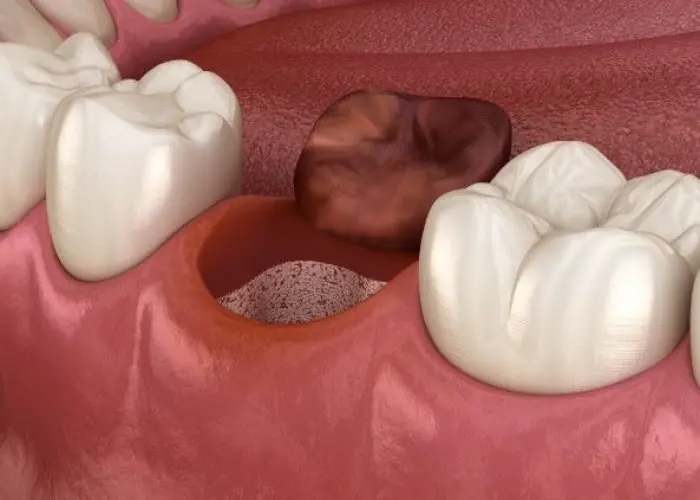
A dry socket, also known as alveolar osteitis, is a painful dental condition that can occur after tooth extraction. It happens when the blood clot that forms in the socket where the tooth was removed either disintegrates or fails to form properly, leaving the bone and nerve endings exposed to air, food, and fluids in the mouth.
The symptoms of dry sockets usually begin a few days after tooth extraction and may include severe pain in the socket or in the ear, an unpleasant taste or odor in the mouth, visible bone in the socket, and delayed healing. The pain from dry sockets can be severe and is often not relieved by over-the-counter pain medication.
A dry socket is more likely to occur after the extraction of impacted wisdom teeth, as well as in people who smoke, have poor oral hygiene, and those have had dry sockets after previous extractions.
Treatment for dry sockets involves managing the pain and promoting healing. This may include cleaning the socket to remove debris and placing a medicated dressing in the socket to promote healing and relieve pain. A healthcare professional may also prescribe pain medication and recommend over-the-counter pain relievers, such as ibuprofen, to manage the pain.
To prevent dry sockets, it is important to follow your dentist's post-extraction instructions carefully. This may include avoiding smoking, spitting, using straws, or rinsing the mouth vigorously for the first few days after the extraction. Maintaining good oral hygiene and keeping the mouth clean can also help prevent dry sockets.
If you experience symptoms of dry socket after a tooth extraction, it is important to contact your dentist or oral surgeon as soon as possible to receive proper treatment.
Research Papers
Disease Signs and Symptoms
- Toothache
- Bad breath (halitosis)
- Severe pain within a few days after a tooth extraction
Disease Causes
Dry socket
The precise cause of dry socket remains the subject of study. Researchers suspect that certain issues may be involved, such as:
- Bacterial contamination of the socket
- Trauma at the surgical site from a difficult extraction, as with an impacted wisdom tooth
Disease Prevents
Dry socket
What you can do before surgery
You can take these steps to help prevent dry socket:
- Seek a dentist or oral surgeon with experience in tooth extractions.
- If applicable, try to stop smoking before your extraction because smoking and using other tobacco products increase your risk of dry socket. Consider talking to your doctor or dentist about a program to help you quit permanently.
- Talk to your dentist or oral surgeon about any prescription or over-the-counter medications or supplements you're taking, as they may interfere with blood clotting.
What your dentist or oral surgeon may do
Your dentist or oral surgeon will take a number of steps to ensure proper healing of the socket and to prevent dry socket. These steps may include recommending one or more of these medications, which may help prevent dry socket:
- Antibacterial mouthwashes or gels immediately before and after surgery
- Oral antibiotics, particularly if you have a compromised immune system
- Antiseptic solutions applied to the wound
- Medicated dressings applied after surgery
What you can do after surgery
You'll receive instructions about what to expect during the healing process after a tooth extraction and how to care for the wound. Proper at-home care after a tooth extraction helps promote healing and prevent damage to the wound. These instructions will likely address the following issues, which can help prevent dry socket:
- Activity. After your surgery, plan to rest for the remainder of the day. Follow your dentist's or oral surgeon's recommendations about when to resume normal activities and how long to avoid rigorous exercise and sports that might result in dislodging the blood clot in the socket.
- Pain management. Put cold packs on the outside of your face on the first day after extraction and warm packs after that, to help decrease pain and swelling. Follow your dentist's or oral surgeon's instructions on applying cold or heat to your face. Take pain medications as prescribed.
- Beverages. Drink lots of water after the surgery. Avoid alcoholic, caffeinated, carbonated or hot beverages for as long as your dentist or oral surgeon recommends. Don't drink with a straw for at least a week because the sucking action may dislodge the blood clot in the socket.
- Food. Eat only soft foods, such as yogurt or applesauce, for the first day. Be careful with hot and cold liquids or biting your cheek until the anesthesia wears off. Start eating semisoft foods when you can tolerate them. Avoid chewing on the surgery side of your mouth.
- Cleaning your mouth. After surgery, you may gently rinse your mouth and brush your teeth, but avoid the extraction site for the first 24 hours. After the first 24 hours, gently rinse your mouth with warm salt several times a day for a week after your surgery. Mix 1/2 teaspoon (2.5 milliliters) of table salt in 8 ounces (237 milliliters) of water. Follow the instructions of your dentist or oral surgeon.
- Tobacco use. If you smoke or use tobacco, don't do so for at least 48 hours after surgery and as long as you can after that. Any use of tobacco products after oral surgery can delay healing and increase the risk of complications.
Disease Treatments
Treatment of dry socket focuses on reducing symptoms, particularly pain. Dry socket treatment may include:
- Flushing out the socket. Flushing out the socket can remove any food particles or other debris that may contribute to pain or possible infection.
- Medicated dressings. Your dentist or oral surgeon may pack the socket with medicated gel or paste and medicated dressings. These can provide relatively fast pain relief. The severity of your pain and other symptoms will determine whether you need dressing changes and how often or if you need other treatment.
- Pain medication. Ask which pain medication is best for your situation. You'll likely need a prescription pain medication.
- Self-care. Once the dressing is removed, you may need to flush the socket at home to promote healing and eliminate debris. Typically you'll receive instructions and a plastic syringe with a curved tip to squirt water, salt water or a prescription rinse into the socket. You'll likely need to continue the rinse until the socket no longer collects any debris.
Once treatment is started, you may soon begin to feel some pain relief. Pain and other symptoms should continue to improve and will likely be gone within a few days. However, keep scheduled appointments with your dentist or oral surgeon for dressing changes and other care.
Disease Diagnoses
Disease Allopathic Generics
Disease Ayurvedic Generics
Disease Homeopathic Generics
Disease yoga
Dry socket and Learn More about Diseases
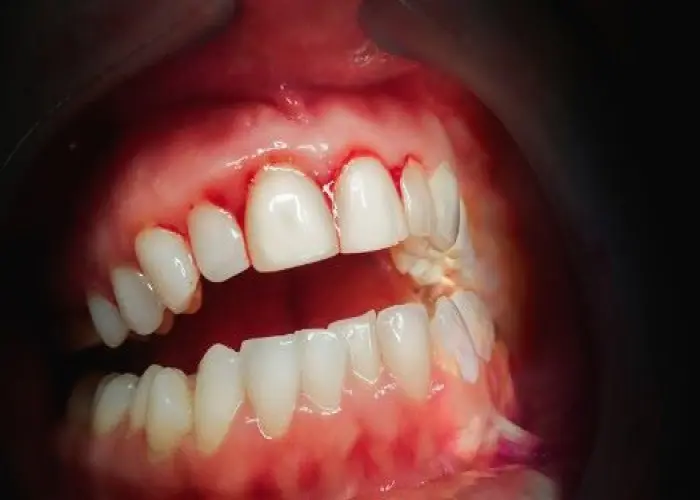
Gingivitis

Scorpion sting

Molluscum contagiosum

Carbon monoxide poisoning
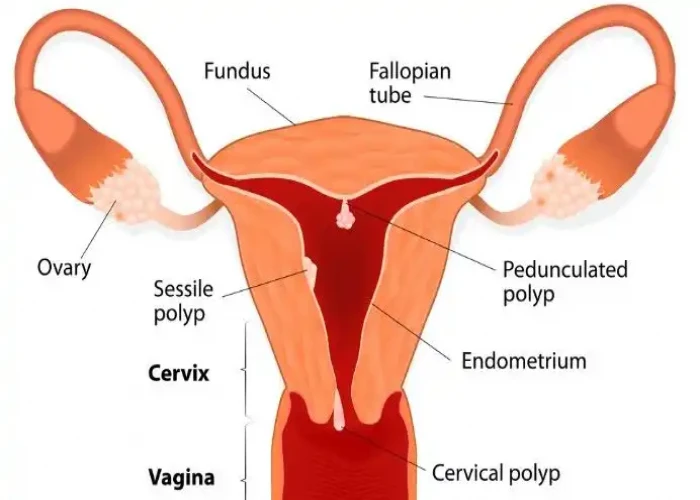
Uterine polyps
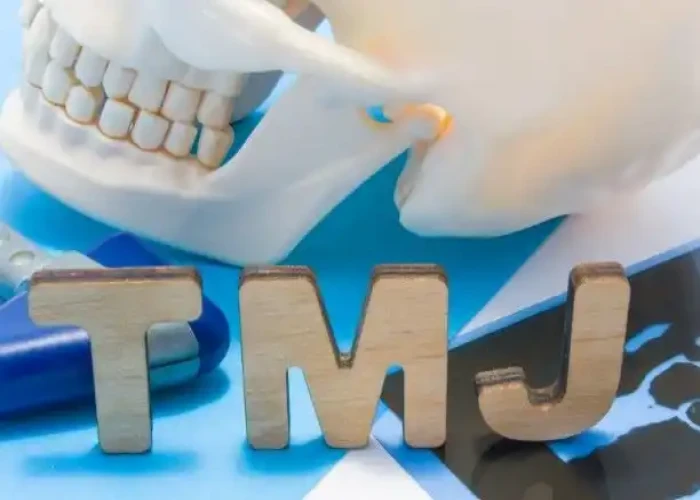
TMJ disorders
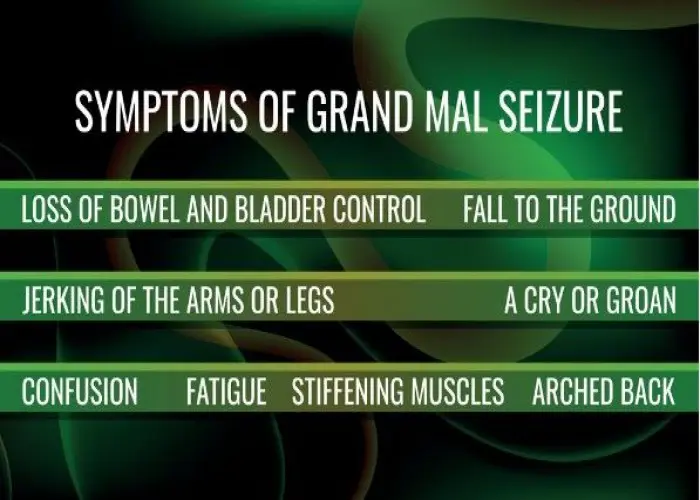
Grand mal seizure
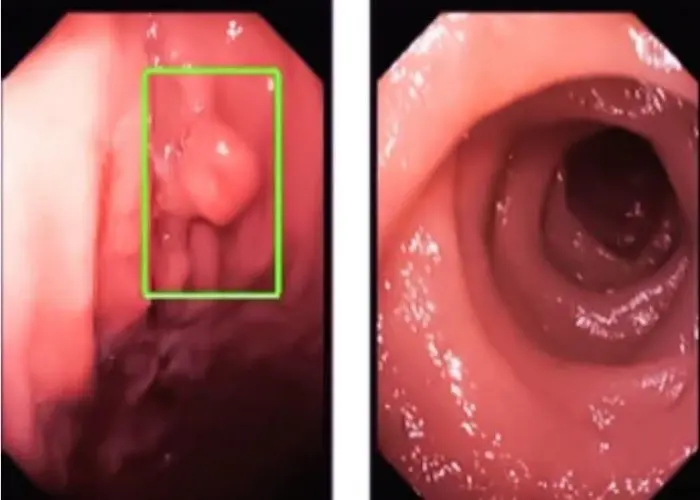
Colon polyps
dry socket, শুকনো সকেট
To be happy, beautiful, healthy, wealthy, hale and long-lived stay with DM3S.
